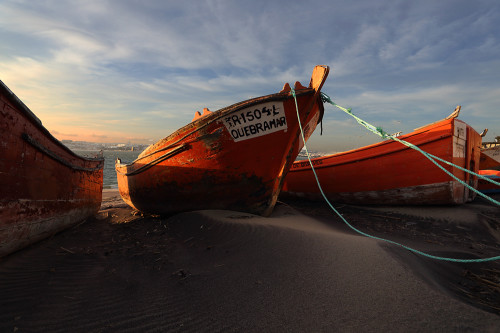I’ve been writing down my personal pearls of wisdom for years, and over the course of these years I’ve been sharing them with both my online students with the BPSOP, and with my fellow photographers that sign up for my “Stretching Your Frame of Mind workshops ” I conduct around our planet. The one I want to share with you today is one of my favorites and most important…“My three W’s”
Ok, I guess you need to know just what they are, and once again it’s all about the light. People are always asking me how I can get the quality of the light and the saturation/depth in my color without a lot of post processing. First let me digress just a little.
I’m from the old school that shot Kodachrome 25 and way before the invention of the computer much less Lightroom and Photoshop. We did everything in the camera, and the finished photo was on one piece of 35mm film…one exposure! Nowadays, I love the challenge of getting as much in the camera as I can, with a minimum amount of time spend in front of the computer. To me it’s more important to be a good photographer than a good computer artist.
Don’t get me wrong, I do a little on every photo, but not much more that what I did to a print in the darkroom.
So, the three W’s: Know WHERE to stand, WHEN to stand there, and WHY you have to be quick when you’re standing there.
WHERE: Before I raise my camera up to my eye, I determine where the source of the light is coming from. I’ve watched so many photographers walk up to their subject and just start shooting, paying absolutely no attention to the light. I can tell you that light is everything, except perhaps when you’re street shooting; although good directional light can enhance any situation and generate visual interest and tension.
I want to create the third dimension in Form ( a basic element of visual design), by adding Depth. This can only be done when you side light your subject. Otherwise you’re left with only height and width. I also like to back light my subject (especially when it’s translucent) which gives it a glow around its outline.
WHEN: Knowing that (for me) the best times to shoot is during the Golden Hour, when the sun is low on the horizon; generally ten to fifteen degrees above the horizon either at sunrise or sunset…depending on the time of year and if you’re North or South of the equator. I also like to be at a location before the sun comes up and after it goes down.
This is the time for Blue Hour when the sun is at a significant distance to the horizon, and it comes before dawn (another great time to shoot) when the blue turns into reds, yellows, pinks, purples, and oranges…and dusk when the reds, yellows, oranges, and purples, turn blue before turning into black.
WHY: After chasing the light for nearly fifty years, I can tell you that it’s so fleeting you can miss a great photo by seconds. Part of what has helped me through a half of a century of taking pictures (saying it that way sure does make me feel really old) is knowing where the sun, to the degree, is going to rise and set at any location in the world…on any day of the week. I know how long I’ll have before the sun gets up to high and becomes hot and harsh.
I’ll know if there’s a building, structure, hill, or mountain that will cut my time short either by clearing the obstacle in the morning, or losing it behind an obstacle at sunset. Part of my process for determining how much time I have is by an incredible app I have on my iPhone. It’s called “My Radar”, and it shows, in real time with a GPS, where any rain is by showing the actual storm as it moves from one direction to another.. I know this doesn’t sound like it’s a big deal, but I know if I’m about to get bad weather and when it will pass over…sometimes leaving a rainbow behind.
Even knowing the where, when, and why doesn’t guarantee you that you’re going to come home every time with that illusive “OMG” photo, but it certainly doesn’t hurt. As Eddie Adams once said, “When you get lucky, be ready”.
Visit my website at: www.joebaraban.com, and check out my 2015 workshop schedule at the top of this blog. The end of July marks my twenty-eight year at the Maine Media workshops. It’s a wonderful way to immerse yourself for a week and think about nothing but photography. It’s the same week as the Lobster Festival down the road in Rockland, and offers a completely different set of photo ops than the beautiful Maine coastline, amazing lighthouses, and quaint fishing villages. The full description is at the top of this blog.
I have added a new workshop to my 2016 schedule. On September 21st, ten photographers will get together with me at my evening “meet and greet” to begin a fantastic five-day workshop in New York, New York. Check out my description at the top of this blog. Come shoot with me.
Keep those photos and questions coming into: AskJoeB@gmail.com, and I’ll send you a video critique of your image.
JoeB






what is your opinion of mirror less camera?
Skip,
I really don’t know enough about them to make an educated comment. I do know that the batteries don’t last very long. Here’s a link to several reviews: https://www.google.com/?gws_rd=ssl#q=reviews+on+mirrorless+cameras
JoeB